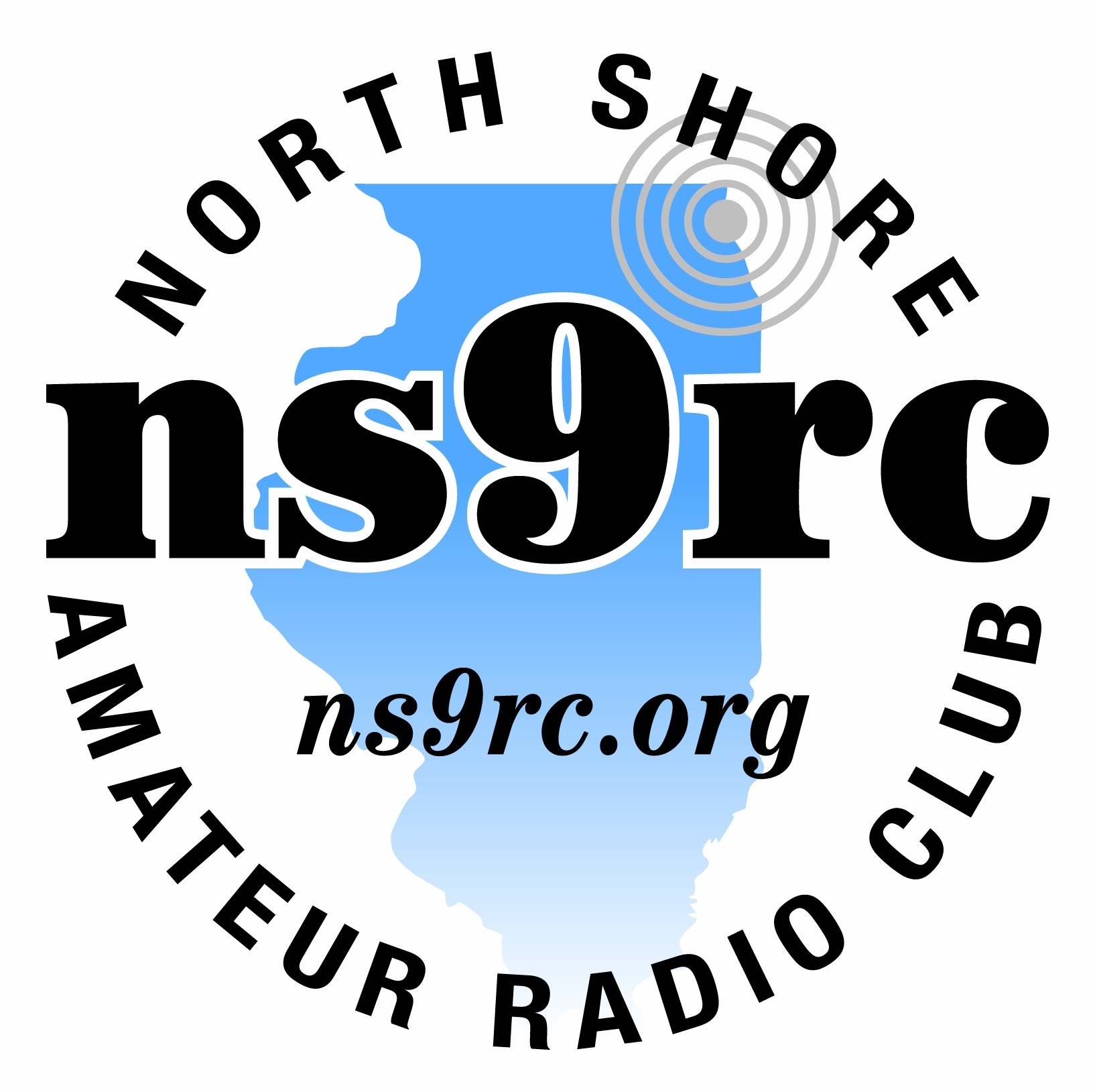Hacker fun
I don’t spend much time searching the Internet for bargains. I leave this for my favorite Internet explorer Greg Karlove, K9GAK. He has found some of the most amazing weird items for sale that he has re-engineered for modern uses. For instance, he recently bought a retired military HF antenna for a fraction of its original cost. All it needed was a whip on top, which he created himself and then mounted this thing on the back of his pickup truck and tied to his Icom 706IIG. It has some auto tuning features, which he demonstrated recently. I couldn’t believe the performance. When he would tune, within a fraction of a second, his SWR meter would fall to a perfect 1:1 and he would be on the air. He said he had been talking to folks all over the U.S. that day. Normally, this antenna retails for just under $2k but he got it on eBay for much, much less.
Now part of this fits Greg’s style…he likes to tinker and do crazy things. Who can’t like that…I mean, isn’t that what we are supposed to do as Ham radio people? Try stuff out…explore new combinations of hardware, software and modes?
So, I was not prepared for his next visit. He came bounding into my office demanding that we track down a website to watch a video. The video was from a computer hackers’ convention and one of the presentations showed how to hack into 24 things. Well, it was intriguing what this guy could do, armed with a simple software defined radio and some computer skills. He was able to hack into garage doors, security systems, TV cameras, airport security and even airport radar! Now, to be certain, this was not plug and play…it took some skills to develop the tools to be able to crack the codes, but the essential key to his talk was a little USB device that allowed him access to a vast universe of frequencies. This is sold as a remove TV for your computer, but it has a huge range and combined with some software, can be a very useful tool for cracking into systems or just monitoring the radio. I am not going to show the web address for the hacker’s forum…that is not the point of this discussion. Instead, I will point you to the simple device: RTLSDR RTL2832U DVB-T Tuner Dongles. For a couple of bucks you can use this device to analyze common signals, largely on the VHF and UHF side of things, and combined with readily available software, you can study the signal.
The R820T2 RTL-SDR is currently the cheapest, most common and is the best in terms of general usability. The R820T2 has a frequency range of 24 – 1766 MHz and is fully 100% compatible with any software for the older R820T. Cost online is around $10.00 shipped. And here are a couple of you tube videos that put the systems together:
The point here is that there are many, many things that use RF, not just our ham radios, and it can be fun to try to discover what the noises are and what they control.
220 MHz back on the air
We finally got back up to our 220 site and swapped out the antenna for something that had a bit more gain. The trouble with our site is that it is prone to high winds and potential icing in the winter. The original antenna snapped in half, most likely from ice buildup and wind so we replaced it with a much stouter antenna, but it did not have the gain we were hoping to have for that repeater. So, get on 220. Try it out. It works great and is one of our oldest running repeaters! The heart of the 220 MHz system is a Hamtronics repeater kit and was put into service well before I was a member of this club. We took it out of service while we sought a new home for our 2 meter and other devices. So it was off the air for several years, but it is now back and working well. Get on the air and exercise it. I have always been a firm believer that we should use all of the frequencies that we are allowed to use. With the shrinking of the UHF world and the move to more digital modes to accommodate the smaller bandwidth available to us, it is fun to have some frequencies that don’t have much traffic and can be just as robust as their more popular neighbors.
Finally, as we move to the New Year and set off another round of New Year’s promises, don’t forget to take a moment and thank the people around you for making our world such a wonderful place. I know there is plenty in 2015 to lament, and perhaps that has been the case all through history, but more often we don’t take the time to just say thank you to friends, family, loved ones. And so with that I say, thank you to my fellow NSRC members. Thank you for making this hobby so much fun, so engaging and educational.
73, Rob K9RST
